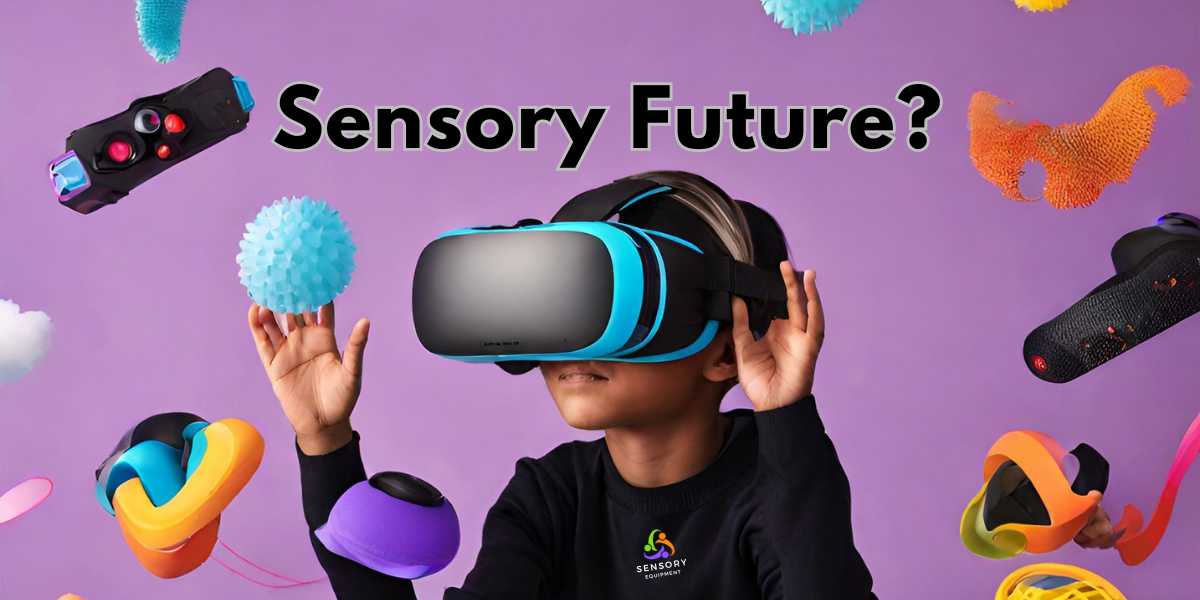Exploring Emerging Innovations
Sensory toys have come a long way from the simple fidget spinners and stress balls of yesteryears. These therapeutic playthings, designed to engage and stimulate the senses, have evolved significantly over the years. Advancements in technology and materials have ushered in a new era of sensory toys that cater to individuals of all ages, abilities, and sensory preferences, with a particular focus on the unique benefits they offer individuals with autism and complex needs. In this article, we will explore the emerging trends in the design and use of sensory toys, highlighting their inclusive and educational aspects while discussing their profound impact on those with autism and complex sensory sensitivities.
Technological Integration
One of the most notable trends in sensory toys is the integration of technology. Smart sensors, touch-sensitive surfaces, and Bluetooth connectivity have transformed the way we engage with sensory play. For individuals with autism and complex needs, these innovations can be particularly beneficial. Interactive plush toys, equipped with responsive features, can not only provide engaging play but also serve as tools for improving communication and social interaction, which are often areas of difficulty for those on the autism spectrum.
Augmented and Virtual Reality
The world of sensory toys has expanded into the realms of augmented and virtual reality, offering novel opportunities for individuals with autism and complex needs. By combining these technologies with tactile feedback, developers have created immersive sensory experiences that can be tailored to the individual’s specific sensitivities. These innovations can be a game-changer in therapy, providing a safe and controlled environment where individuals can explore sensory stimuli that suit their preferences, ultimately aiding in relaxation, communication, and coping skills.
Sustainable and Eco-Friendly Materials
A growing emphasis on sustainability in sensory toy design is not only eco-friendly but also beneficial for individuals with autism and complex needs. Sensory toys made from organic fabrics, recycled plastics, and non-toxic dyes ensure the safety and well-being of users, particularly those who may have sensitivities to certain materials or dietary restrictions. By using sustainable materials, manufacturers prioritise the health and sensory comfort of all individuals.
Inclusive Design
Inclusivity is at the heart of modern sensory toy design, and this extends to individuals with autism and complex needs. Manufacturers now focus on creating products that cater to a wide range of sensory profiles. Toys with adjustable settings and features that can be customised to suit different sensitivities are becoming more prevalent. These inclusive designs aim to empower individuals of all abilities, providing a safe and enjoyable space for those with autism and complex needs to explore and engage with their environment.
Educational Benefits
Sensory toys are increasingly recognised for their educational potential, which extends to individuals with autism and complex needs. Many toys are designed to stimulate multiple senses simultaneously, aiding cognitive and physical development. For individuals with autism, these multi-sensory experiences can assist in sensory regulation and facilitate learning. Sensory toys offer individuals with complex needs a safe and engaging way to develop skills, enhance cognitive functioning, and improve their overall quality of life.
Personalised and Customised Toys
The trend of personalisation extends to sensory toys, ensuring that individuals with autism and complex needs can have tailored experiences. Customisable sensory toys that allow for adjustments to settings and features are invaluable for those with sensory sensitivities. By providing a more individualised experience, these toys enhance comfort and therapeutic benefits, helping individuals with autism and complex needs navigate the sensory world with ease.
Conclusion
Sensory toys have evolved into powerful tools for individuals with autism and complex needs, offering inclusivity, education, and personalised experiences. As technology and materials continue to advance, the possibilities for sensory toys are limitless. With a growing focus on personalisation and inclusivity, the future of sensory toys holds great promise for individuals of all ages and abilities, particularly those with autism and complex sensory sensitivities. These innovative toys have the potential to transform the lives of many, providing comfort, therapeutic benefits, and opportunities for growth.





